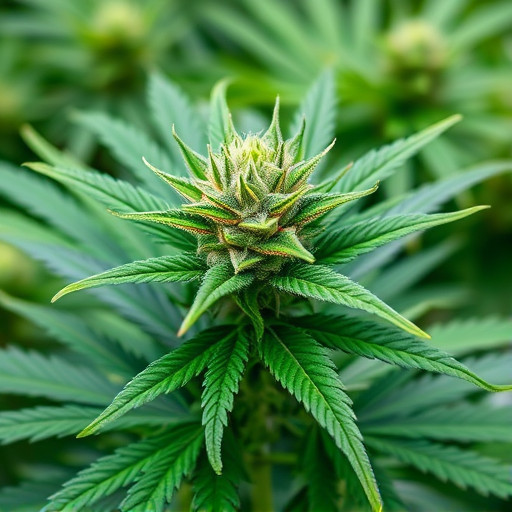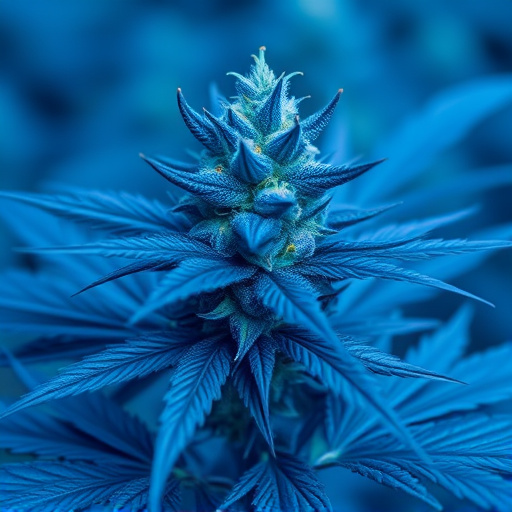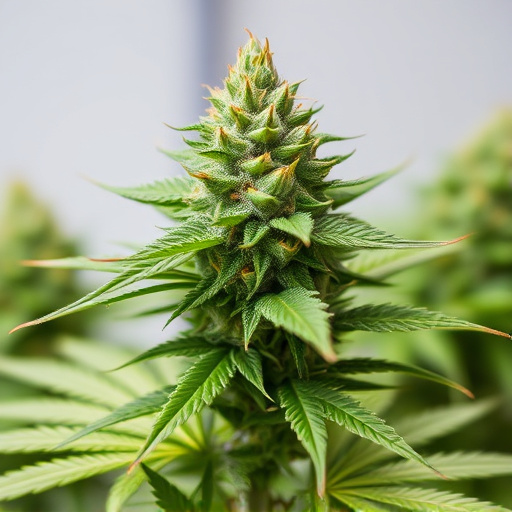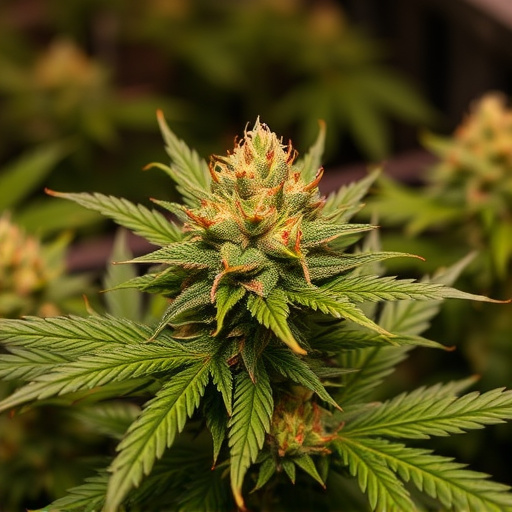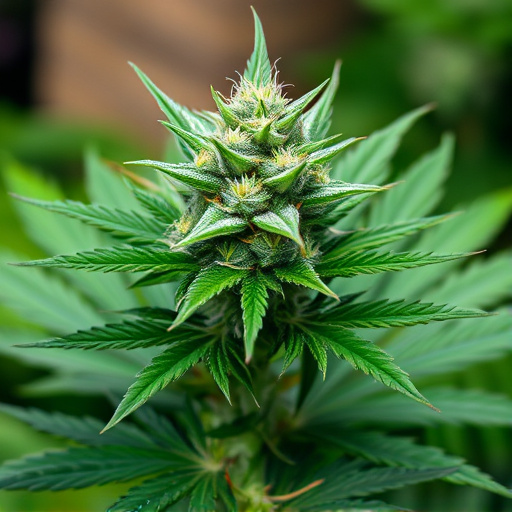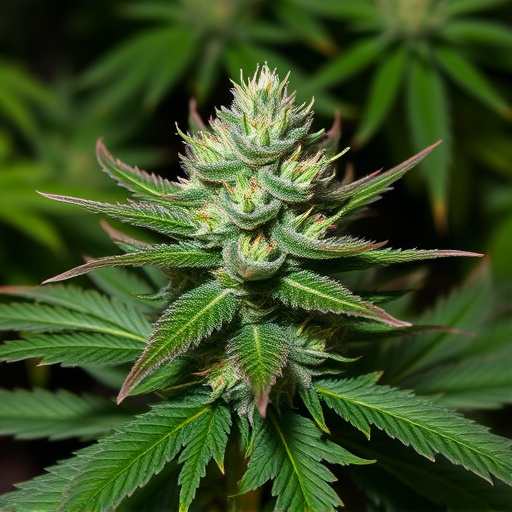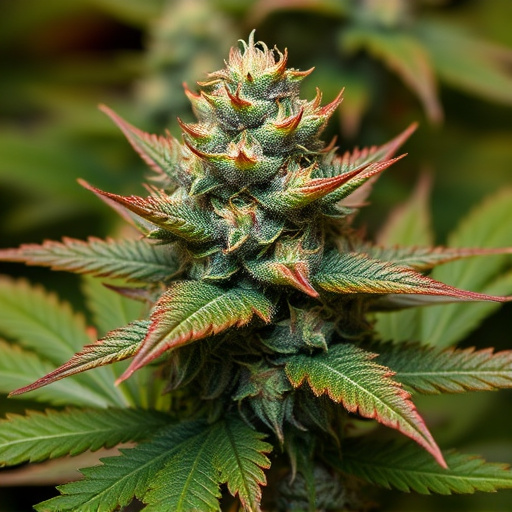Potency testing is vital for ensuring high-quality and potent cannabis strains, providing critical information about strength and consistency through advanced analytical methods like HPLC and GC-MS. Accurate assessment involves meticulous cultivation practices, regular testing during growth, and tracking terpene profiles to prioritize safety and enable informed consumer decisions regarding potent cannabis strains.
Discover the secrets behind unlocking the full potential of your cannabis flower! This comprehensive guide delves into the art of potency testing, equipping you with essential knowledge to select the most robust and effective strains. From understanding the fundamentals of cannabis potency to exploring advanced analysis techniques, we navigate the world of high-quality cultivation. Learn how to ensure safety and consistent results, allowing you to make informed choices among potent cannabis strains.
- Understanding Cannabis Potency Testing
- Equipment and Techniques for Analysis
- Ensuring Quality and Safety in Cannabis Flower
Understanding Cannabis Potency Testing
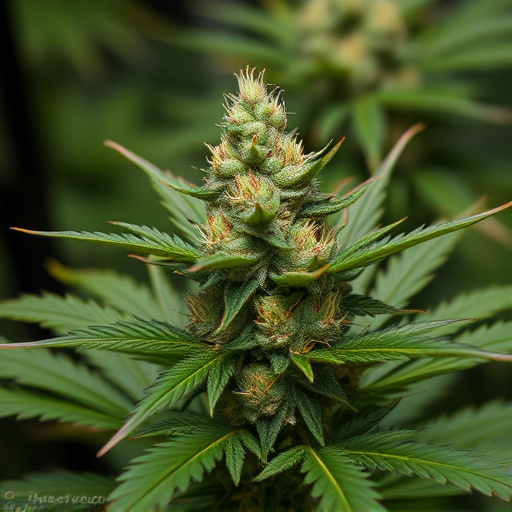
Potency testing is a crucial step in ensuring consumers receive high-quality, potent cannabis strains. This process involves analyzing various compounds within the plant to determine its strength and consistency. By understanding potency testing methods, consumers can make informed decisions when choosing their preferred strains. The most common tests measure tetrahydrocannabinol (THC) levels, which directly correlate with cannabis’ psychoactive effects, offering a baseline for potency assessment.
Equipment and Techniques for Analysis
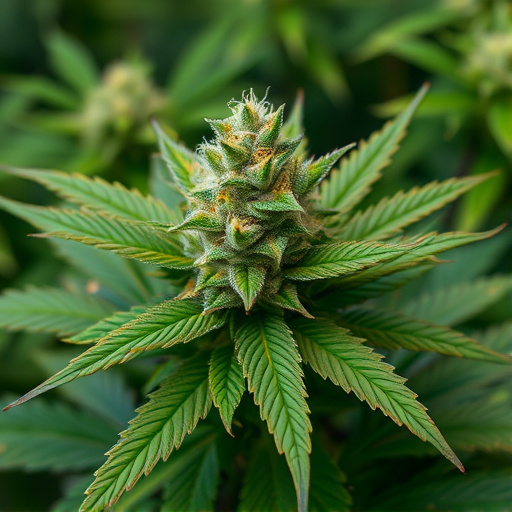
To accurately assess the potency of your cannabis flower, several pieces of specialized equipment and techniques are essential. One common method involves using a high-performance liquid chromatography (HPLC) machine, which can separate and quantify the various cannabinoids present in the plant matter. This advanced technology allows for precise measurements of THC, CBD, and other cannabinoid concentrations, offering valuable insights into the overall potency.
Additionally, gas chromatography-mass spectrometry (GC-MS) is another powerful tool that identifies and analyzes compounds in cannabis. This technique involves heating the sample to volatilize its components, then separating them using a capillary column. The detected compounds are identified based on their mass-to-charge ratio, providing a comprehensive profile of the potent cannabis strains’ chemical makeup. These advanced analytical methods ensure a detailed understanding of your cannabis product’s potency and composition.
Ensuring Quality and Safety in Cannabis Flower
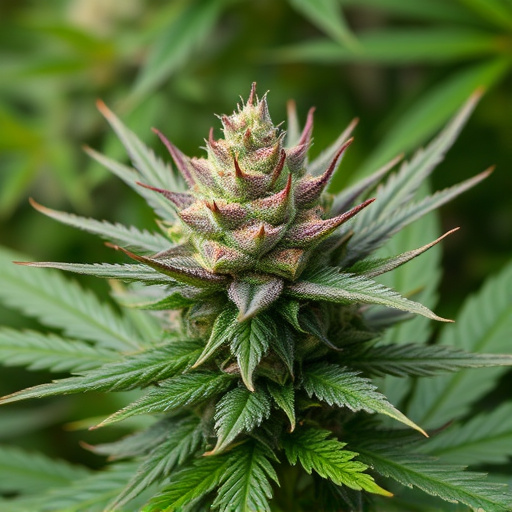
Ensuring quality and safety in cannabis flower is paramount for both producers and consumers, especially when dealing with potent cannabis strains. The first step involves meticulous cultivation practices, including controlled growing environments to maintain consistency and reduce variability. Regular testing during the growth cycle verifies key metrics such as pH levels, nutrient content, and pesticide residue, ensuring the final product meets safety standards.
Additionally, understanding the specific terpene profile of each strain is crucial. Terpenes contribute significantly to the aroma, flavor, and potential therapeutic effects of cannabis. Proper documentation and tracking from cultivation to harvesting enable consumers to make informed decisions about which potent cannabis strains meet their needs and preferences while prioritizing safety.
When it comes to crafting high-quality, potent cannabis strains, understanding and implementing proper potency testing is paramount. By utilizing advanced equipment and techniques, cultivators can ensure their flowers meet safety standards and deliver an optimal user experience. Regularly assessing potency during every step of the process fosters consistency and allows for adjustments to cultivation methods, ultimately enhancing overall product quality.
